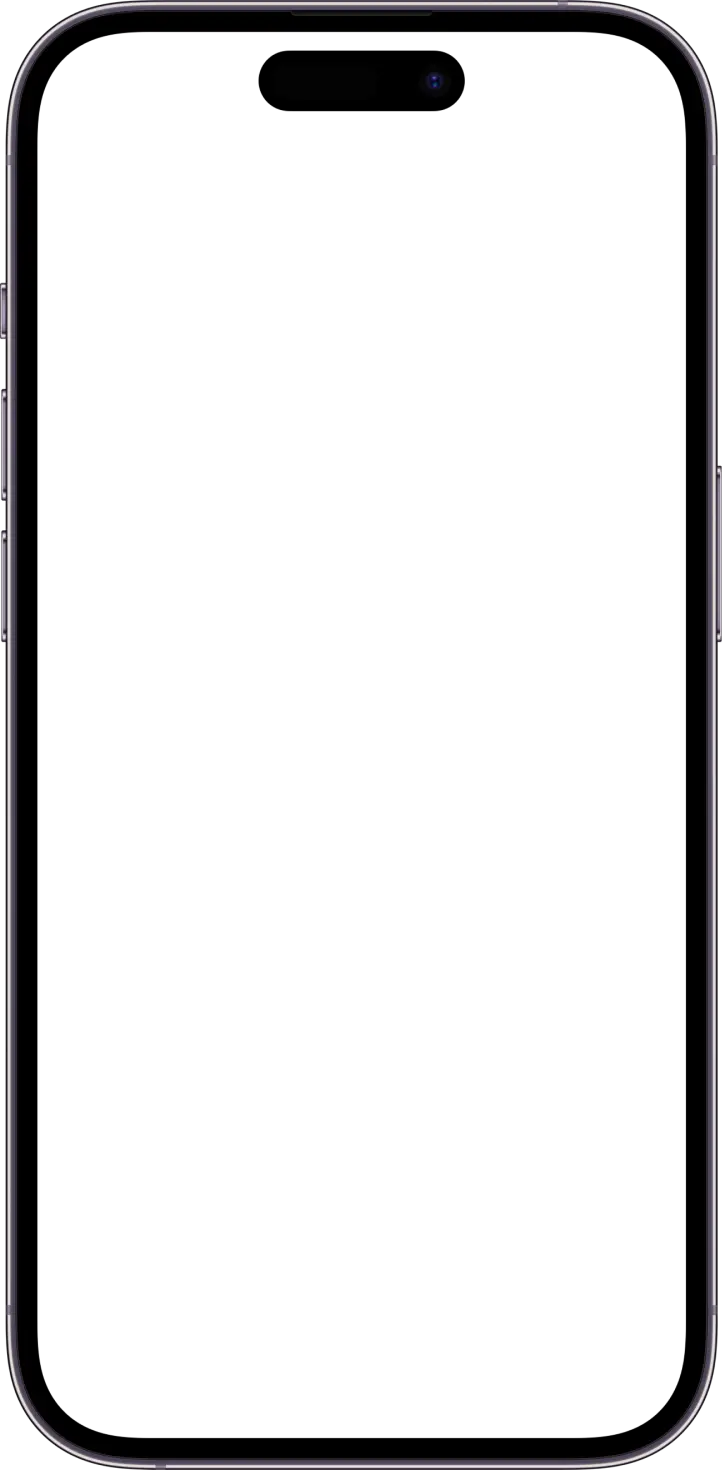
The Reality of Fast Fashion’s Impact
Fast fashion is a popular choice for consumers due to its affordability and convenience, but this comes at a steep environmental cost. As new items flood the market every season, millions of garments are discarded, creating an unsustainable cycle. While eco-conscious shoppers want to make better choices, they face obstacles in finding convenient and reliable second-hand options.

According to the United Nations Economic Commission for Europe (UNECE), the global fashion industry produces over 100 billion garments annually—yet up to 87% of them end up burned or in landfills. The industry is also responsible for 10% of global carbon emissions, exceeding the combined output of all international flights and maritime shipping.

Uncovering the Challenges of Second-Hand Shopping
Through in-depth research, I uncovered major barriers for users interested in second-hand fashion. Interviews, surveys, and empathy mapping revealed that users worry about:
75%
Struggle with trust due to lack of in-person quality checks.
64%
Hesitate to buy because of high or unclear shipping costs.
43%
Worry about product authenticity and possible counterfeits.
Meet Maya: Our Value-Seeking, Style-Conscious Shopper
To better understand the needs of second-hand fashion buyers, I created a detailed persona based on user interviews and survey insights. Maya represents a young professional who values both sustainability and style, but is cautious about product quality and trust when shopping online.

Understanding Maya: Needs, Thoughts & Behaviors
Through empathy mapping, I visualized Maya’s emotional landscape and second-hand shopping behaviors, capturing both her motivations and fears. From the thrill of finding unique deals to concerns about scams, quality, and unexpected fees, these insights revealed three key pain points. This understanding became the foundation for defining product opportunities, guiding core design decisions that address trust, convenience, and emotional reassurance.
Creating the Solution with Second Life
In response, I designed Second Life, a user-centered platform offering a curated and trustworthy second-hand shopping experience. Key features include:
Design System & Visual Strategy|Merging Visual Identity with Sustainability
To reflect Second Life’s commitment to sustainable fashion, the visual design uses a hanger-sprout symbol to represent the rebirth of second-hand clothing and care for the planet. Earthy browns evoke warmth and trust, reinforcing values of eco-consciousness and reliability at the heart of the platform.
Iterating Based on User Feedback
To improve the Second Life shopping experience and strengthen user trust, I conducted multiple rounds of user interviews and usability tests focusing on the shopping flow and clarity of information. Below are key examples of how real user feedback led to meaningful design improvements.
01|Lack of clarity around the verified seller badge
“I am a little bit confused about the badge icon... I think you can add some description on the page to show the purpose.” — Judy, Software Engineer
◦ Design Adjustment
Added a concise explanation next to the badge to clarify its meaning and outline the platform’s verification standards, helping users feel more confident when shopping.

02|Overloaded Product Pages Disrupt Readability and Usability
“The “+” to expand content might make the page excessively long, especially if it’s designed as a single-page website.” — Christine, Project Manager
◦ Design Adjustment
Replaced collapsible “+” sections with clear “>” navigation links to dedicated subpages. This reduced on-page clutter, improved information hierarchy, and made navigation more intuitive.

Final Prototype
What I learned…?
By introducing user-focused features such as verified seller badges, quality videos, and a virtual try-on tool, the app effectively addressed key concerns around product authenticity, fit, and trust. Prioritizing real user needs and solving pain points through thoughtful, intuitive design played a crucial role in building a reliable and confidence-inspiring second-hand shopping experience.








